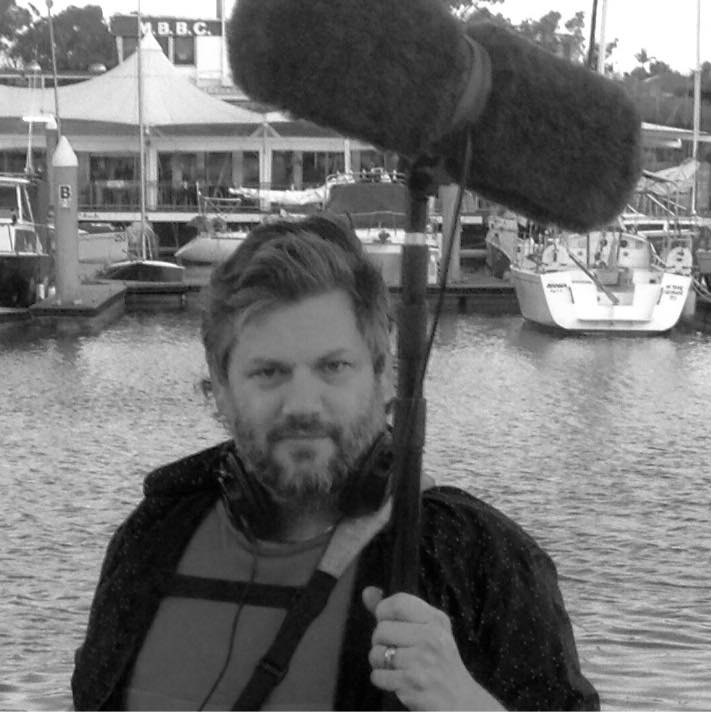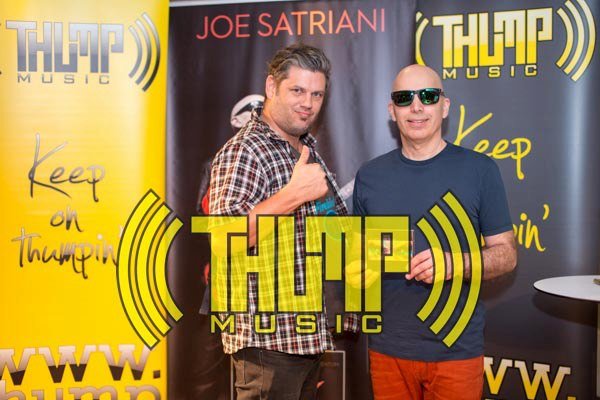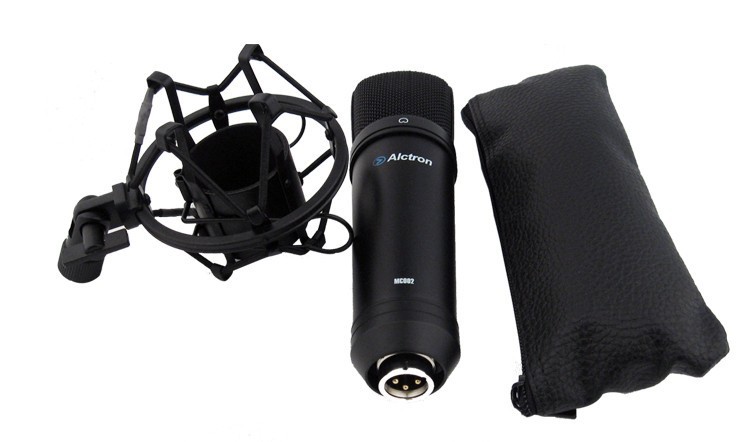First Steps to recording Your Music Pt 5 - Summary

Hi Steemitarians,
Its been a very interesting and productive first week on Steemit and i have had a great response of support on my blogs so far including being added to the top 20 steemit new Authors by Luckysteem. As perhaps the first or at least on of the few audio engineers on steemit at the moment, please share these blogs with your friends who want to know some recording tricks. I would Like to thank everyone who has supported me on my arrival and thank you for your feedback and taking the time to read my blogs. Please always upvote pr promote my blogs if you feel you or others have or can gain from any information in these blogs as audio can be tough to work with at times.
Today im doing a summary of what has been covered in this series and coming up soon i will be adding more content including some video demonstrations on recording from pt 4, micing instruments and mic set up, and will show you how the different recording formations sound, that will be tomorrow if time allows. From there i will start moving to the Software /DAW side of things and also from time to time get more technical on other industry equipment, live recording and much more! plenty more to discuss people and you can find it here on Audio-nrg. You can also check out my website (Link is in my headline steemit page www.audionrg.com, which i'm progressively updating as well and for other content, my YouTube Channel AudioNRG.
Well enough house chat, lets refresh,
We started the series by looking at DAW's or Digital Audio Workstations. This is software that allows you to record music and live recording projects through your compouter as a home recording studio. many of the software packages come with Plugins that are apps to help you improve your recordings such as compressor tools and EQ, Spatial tools like reverb and Delay, and sonic enhancements such as expanders, field wideners, chorus effects, and filters and distortion tools such as bit crushers, phases, flangers and pitch shifters. We will look more into how to plugins in some later parts of the series.
Next we looked at tools called Sound cards or Audio interfaces. This is hardware that allows does a few very important yet amazing things. Audio interfaces allow your instrument or vocal recordings, or even Midi instruments to be captured and recorded and then converted into the proper format for a computer to read as information, and then sent out of your computer to your speakers so you can live record and hear the playback of your music in real time without latency. The music you record into your interface is converted into very small samples for the computer to read. The sound passes through your audio interface pre-amps, these are different based on the brand and manufacturer, but help your audio retain the quality possible where possible and depends on your computer to translate the information, but an audio interface helps to to do this with greater speed and convenience.
An example of a basic rack with patch-bay, compressors, FX some Amplifiers and Avid HD audio-interface (for protools) in studio 3 2 JMC 2015.
We have also looked at some of the tools of the trade, the most important being Microphones. As we saw in part three there are many many types of microphones to choose from but they can be reduced into 3 main sections, these are Dynamic mics, Condenser Mics and Ribbon Mics. Each type has benefits and drawbacks and a careful selection should be made based on your recording environment, style, needs and performance type. Each different mic type capture the acoustic sound wave you create from your voice or instrument ( the voice is actually an instrument but i just keep the ideas separate for clarity). For instance, the dynamic mic requires a diaphragm inside a magnetic field to move from the exposure to sonic vibration or sound-waves and the acoustic pressure of those sound waves will determine the variations in level when received by the microphone and sent to the audio interace and then to the computer. In other-words, if you scream into a dynamic mic, its diaphragm will move fast and violently inside the magnetic field and make your audio wave you record, very broad and large, for instance.
IN part 4 we looked at a few ways of setting up your microphones, specifically for stereo spatial recording techniques. The purpose of these set ups was specific in getting a desired sound outcome compared to using a regular microphone into one input. Stereo recording aims at capturing a broader sound field from the environment the music is being created in, or in other words, it is about capturing and recreating the spatial effect and influence of the recording environment providing a greater experience of fullness for the listener. While not all mic set ups were discussed, the following stereo field designs included:
The Spaced Pair aka the A/B formation
The ORTF formation (spaced at 110deg and no more than 20cm apart
The XY formation (The diaphragms are placed perpendicular over each other at 45deg opposing)
Bellow: An example of ORTF with 2 AKG 414's we used when recording the Qld Jr Orchestra April 22nd 2016
Each of these designs will broaden or tighten the stereo field in some way and in the next episode i will demonstrate some sound sample examples for you to listen to along with running your mics into the audio interface and setting up your DAW.
One other little aspect we covered was the use of some important little gadgets when you need to record. The first was the stereo bar. This tool allows you to mount two two mics on your mic stand for a stereo mic set up. You also need some proper mic clips and the internal 2 size screw in fitt-ins that are usually part of these packages. Other important devices you should consider is a DI Box, XLR cables for a good balanced signal between your instrument, the DI box and the Audio,interface, comfortable chairs to sit in while you record and mix your work and other VST plug in suites that you can use to help support your recordings such as Drum programs, basses and so on.
So hopefully this Summary has been useful for you to refresh the last number of tutorials and the information in them and have a nice flow of how you can prepare your work area for your first recording project. The next few parts in the series will include sound samples, setting up your DAW for audio and running your Audio Interface in your DAW to receive audio and more.
So get ready for the next exciting episodes, please share these with others and upvote or promote these blogs! thanks again for your support so far and see you real soon!
regards
Shan the Sound Man.!
Me and the Master- Joe Satriani at his Master class, Brisbane Qld in 2014 (i think it was)

Well done post You deserve for getting Upvote from me. I appreciate on it and like it so much . Waiting for your latest post. Keep your good work and steeming on. Let's walk to my blog. I have a latest post. Your upvote is high motivation for me. Almost all Steemians do their best on this site. Keep steeming and earning.
Hi there Hamzaoui,
Thanks for your feedback and positive comments it helps to keep me inspired to continue making more material for everyone. I enjoy doing it and love the subject material. I will connect with as many as i can here, I also have a youtube channel and post every thirsday (australia time) as often as possible. I have plenty more topics and info to discuss and share in the future too so yep stay posted and thanks again!
Cheers.
Thanks for this nice words
This comment has received a 0.11 % upvote from @booster thanks to: @hamzaoui.
This comment has received a 0.07 % upvote from @booster thanks to: @hamzaoui.
I love this post! Very informative. Definitely worth a follow, I can't wait to read your material!!
hey thank you so much for your feedback, there is plenty more material coming my friend, feel free to check out my Youtube channel as well heaps of stuff there, i usually post every thirsday and connect it to my audionrg facebook page as well.
cheers
Thanks, I'm a former guitar player who's been singing for years now. Very imformative
hi mate,
love the profile pic, and also appreciate your feedback man, plenty more stuff in the works for the future!
cheers. I will be looking at a good mic technique for vocals a little later too!
Nice
cheers mate.
Congratulations @audio-nrg! You have completed some achievement on Steemit and have been rewarded with new badge(s) :
Click on any badge to view your own Board of Honor on SteemitBoard.
For more information about SteemitBoard, click here
If you no longer want to receive notifications, reply to this comment with the word
STOPthank you very much.
Great stuff - think I'll have to go through and read all the parts!
hi there and thanks for your response, it means alot. i have plenty of topics to share coming soon and always happy to take questions or just have a chat. just be aware that my Aussie time zone may cause delays in responding right away. Thanks again.
It's great man , I wish one day I could buy some real devices instead of using software plugins or maybe one day they could produce some plugins which work exactly like real stuffs , thanks again for sharing your knowledge with us , damn it's Joe , He is a hero , I wish I could see him too. wish you luck Shan.
if you had time , check this song too , thanks.
https://steemit.com/music/@davidfar/original-sound-track-listen-and-tell-me-your-idea-about-my-music
Hi David my friend,
Theres alot of debate as to whether much hardware is need these days, i think if you have a good mixing technique and know about the hardware in general then the same ideas can be used on plug ins. I think these days there are so many great plug ins that having hardware is not a major concern for alot of people. It can certainly help but not a total must.
If you want some really good mixing tools that are very close to the real thing, then look at Slatedigital.com these tools are VERY GOOD and affordable. Have a look at my youtube review on AudioNRG about these. Further up the chain you can look at Universal Audio, these are awesome but VERY EXPENSIVE.
As for hardware like EQ some of these are pretty cheap second hand, like DBX etc but compressors can be very expensive and you need a few different models to do different things as well as a summer and a Limiter. but Slate has these covered ok in thier plugins, not the real thing but good.
cheers
hi shan my friend @audio-nrg ,

sorry my notification is not working and I don't know why , I didnt saw your comment. thank you , you are right about mixing and mastering technniques , well I am in iran and it's hard to buy things from the out side , but I find things in Iranian's sites , right now I only have these stuffs :
sorry I know these are not expensive but all I have are these , but I try to buy better stuffs in future , I need to read some books to understand Frequencies better , and to know how to master a song better.
Nice. I used to use complicated preamps and mics in my home studio but now I just use a USB mic and laptop. Don't even use an audio interface. I think it sounds great! KISS
Oh ok? yea i haven't spent much time looking at usb mics, i knw they can be good for podcasts and things like that, but i haven't seen them used as industry standards, but its still early days for many new innovations in technology hey. The traditional use with XLR's provide a balanced line for recording and are trust worthy, but there is always room for new changes. What do you record? vocals, instruments? what types? at the end of the day, if its a clean recording and it sounds good then who gives a F hey lol. The AudioInterface is needed when working on projects with 120-200 tracks with lots of VSTs etc, it takes pressure of the PC, which is why i need it as with most studios, they also have the AD/DA converters in the high level pre-amp and interface gear that really provide nice tone and high quality sampling.
cheers for your feed back, very interesting to hear from everyone and how people achieve things, audio should always be open to experimenting with new techniques ideas and tech.
thanks again.
https://steemit.com/steeming/@biddle/steeming-pile-of-crap
you got my follow!